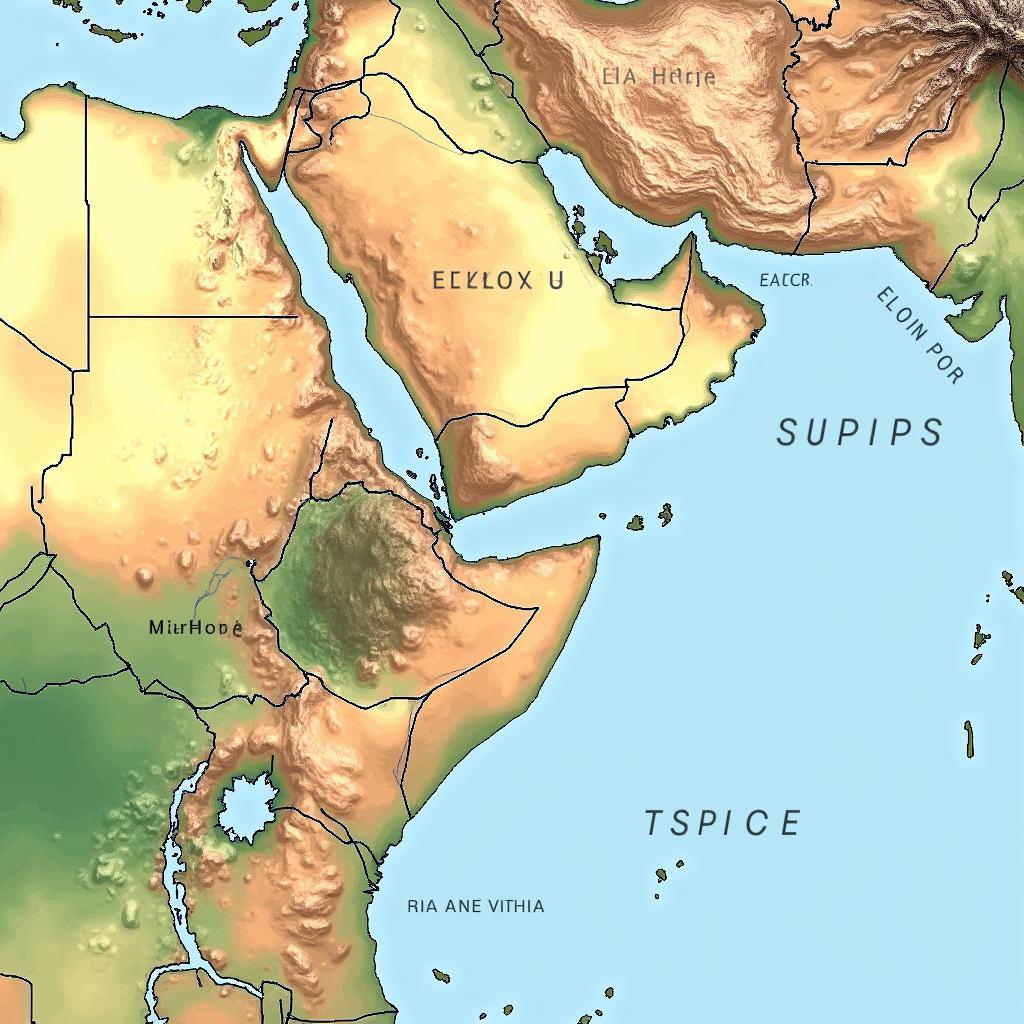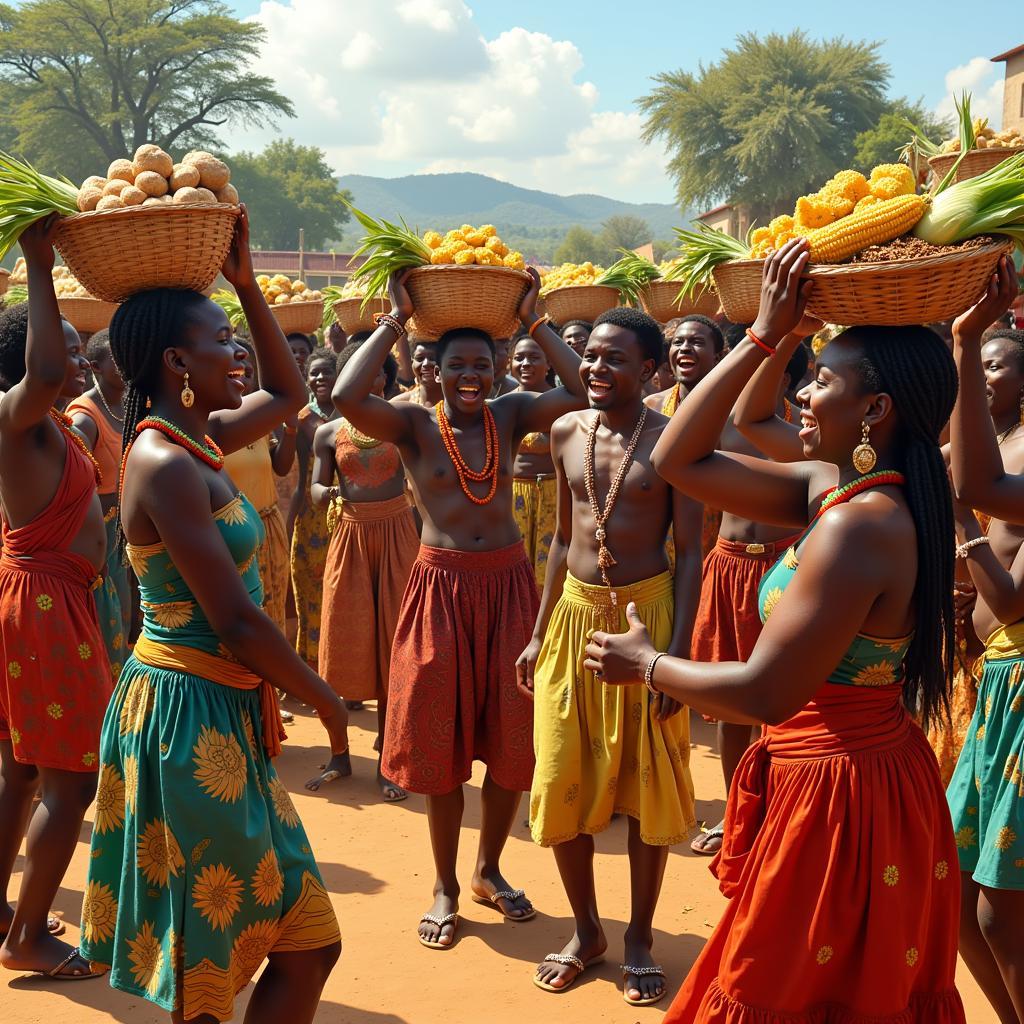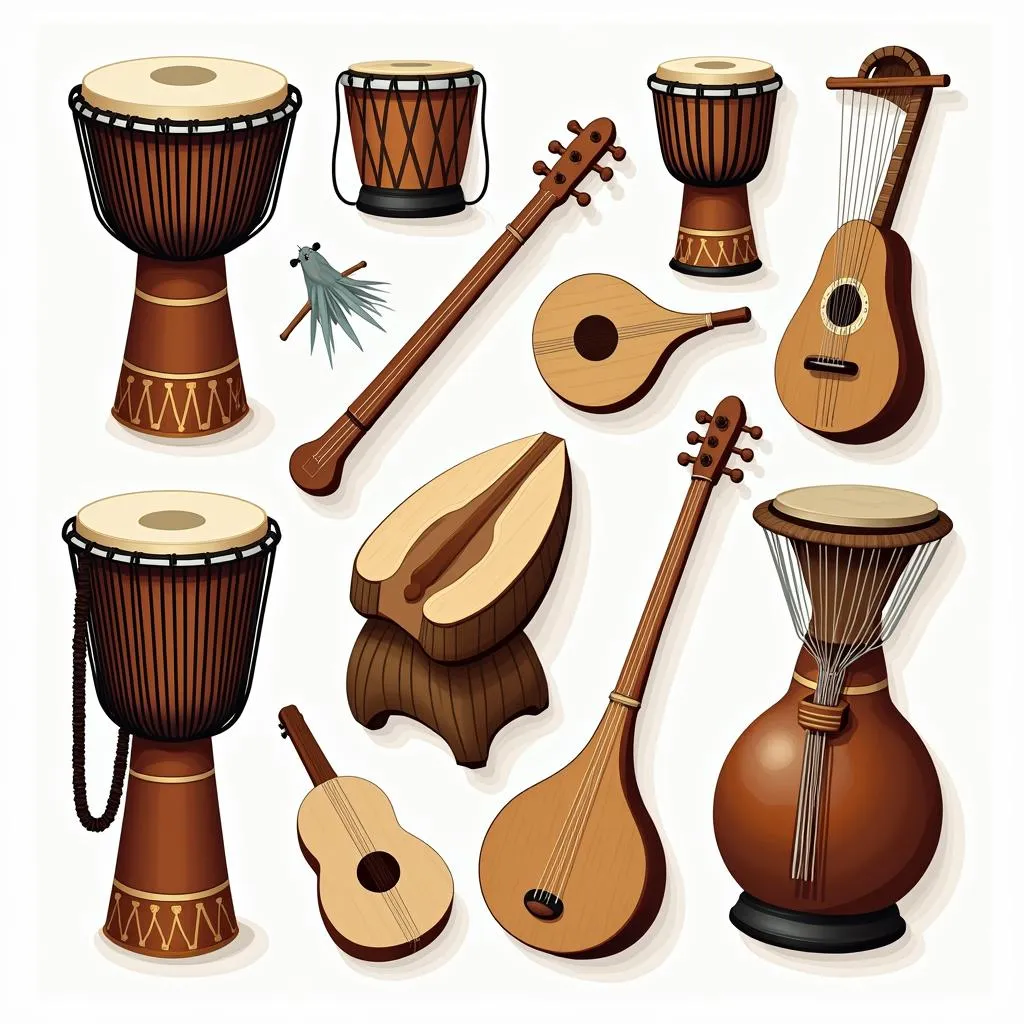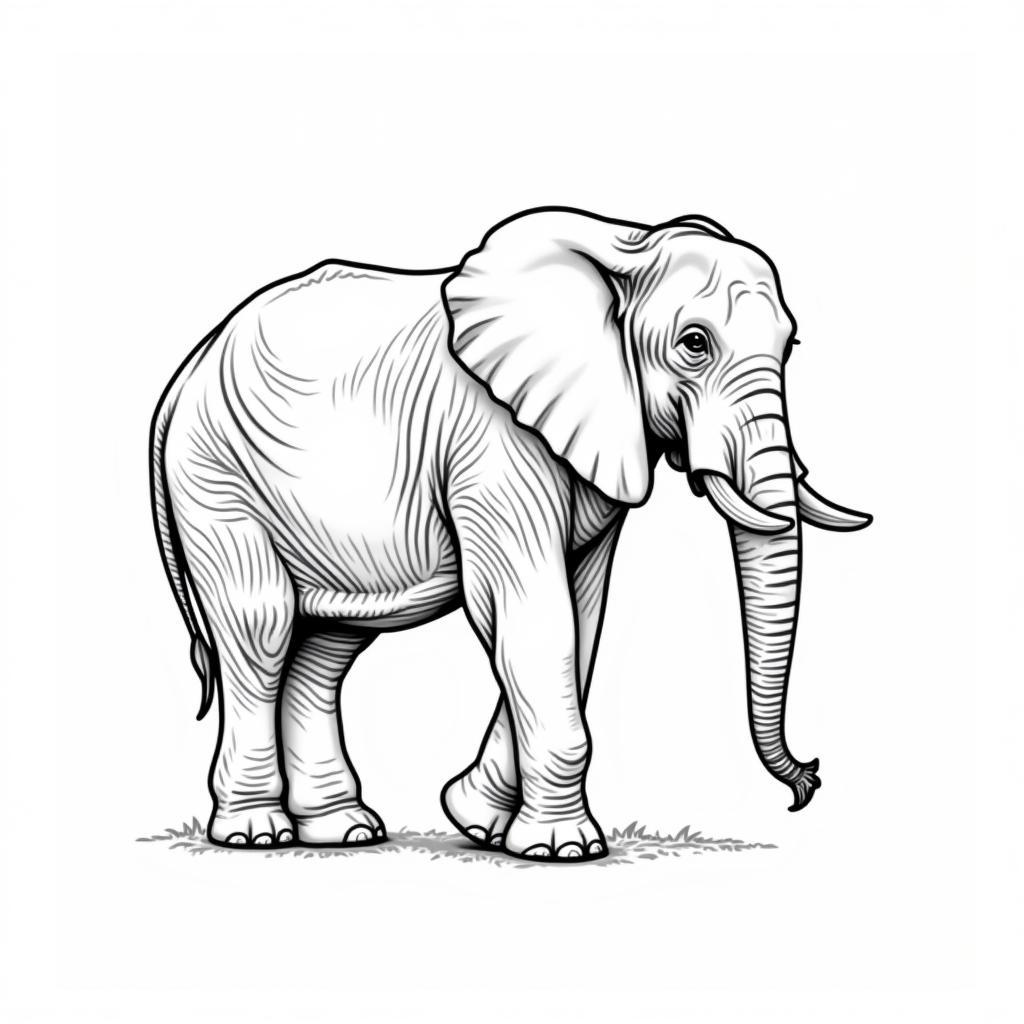Unlocking the Secrets of African Money Names: A Journey Through Culture and Currency
The vibrant tapestry of Africa’s cultures extends beyond its diverse languages, art, and music. Did you know that even the names of its currencies offer a fascinating glimpse into its history, values, and economic landscapes? Exploring “African Money Names” reveals a story of colonialism, independence, and the enduring spirit of a continent.
More Than Just Money: The Significance of Currency Names
In Africa, currency names are rarely just practical designations for financial transactions. They often carry profound cultural and historical weight, reflecting:
- Colonial legacies: Many African countries gained independence in the 20th century. Some opted to retain names linked to their colonial past, like the “CFA franc” used by several Francophone nations, derived from “Communauté Financière Africaine”.
- National identity: Following independence, numerous countries chose names that resonated with their newfound autonomy and cultural heritage. The “Naira” in Nigeria, derived from the country’s name itself, is a prime example.
- Natural resources: Some countries highlight their natural wealth through their currency names. The “Pula” of Botswana, meaning “rain” in Setswana, underscores the critical role of rainfall in this largely arid nation.
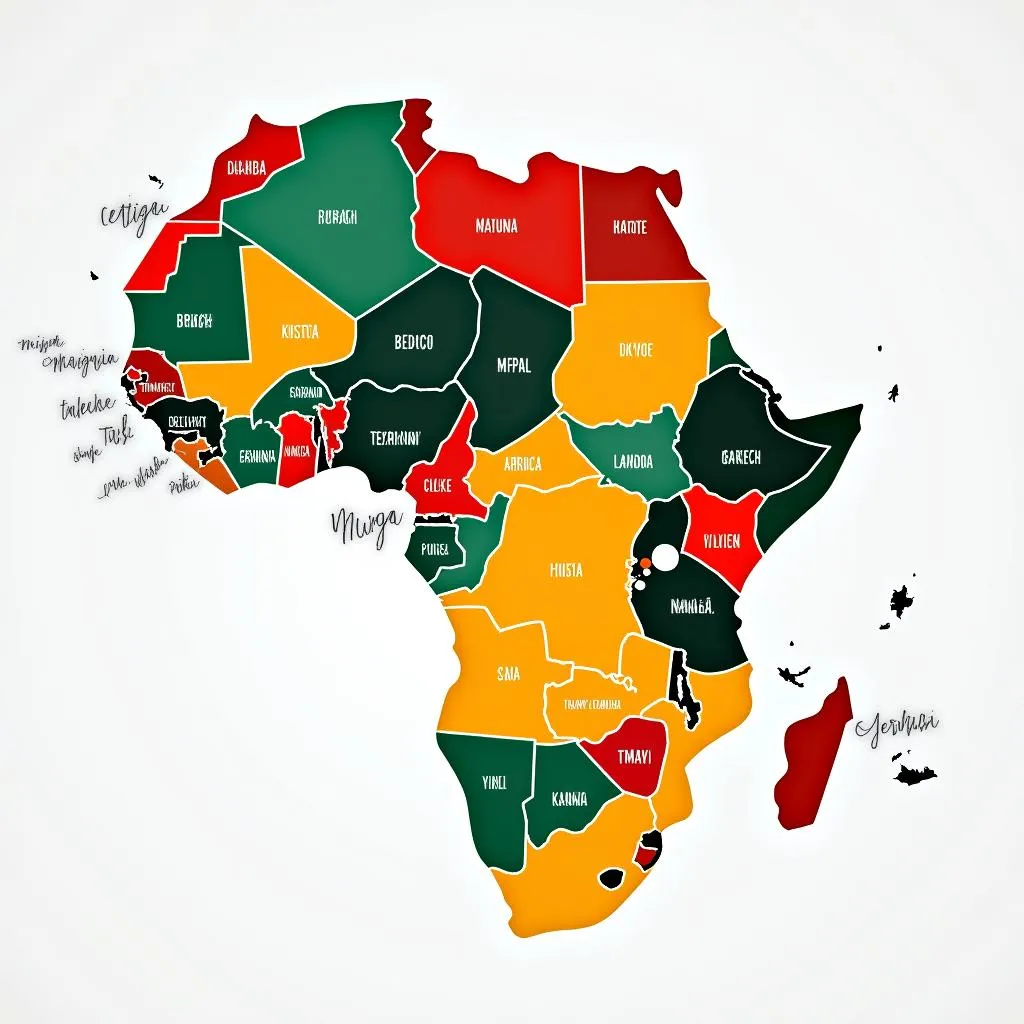 Map of African Currencies
Map of African Currencies
A Tapestry of Tongues: The Linguistic Diversity of African Money
The linguistic diversity of Africa is mirrored in its currency names. From the Arabic-influenced “Dinar” used in North African countries like Algeria and Tunisia to the Bantu-derived “Kwacha” found in Zambia and Malawi, each name offers a window into the continent’s linguistic heritage.
- Arabic Influence: The “Dinar” (دينار), a term with roots in the Roman “denarius”, highlights the historical reach of trade and cultural exchange across the Mediterranean.
- Indigenous Languages: The “Birr” (ብር) of Ethiopia, stemming from the Amharic word for silver, and the “Cedi” (pronounced “seedy”) of Ghana, meaning “cowrie shell” – a traditional form of currency, demonstrate the enduring influence of indigenous languages.
Beyond the Familiar: Uncovering Unique African Money Names
While some African currency names like the “Shilling” and “Rand” might sound familiar, others possess a unique charm and historical depth:
- Loti (Lesotho): Derived from the Sesotho word “loti”, meaning “to sharpen”, it alludes to the traditional practice of sharpening iron tools, reflecting a history of resourcefulness and trade.
- Ouguiya (Mauritania): This unusual name comes from the Arabic word for “ounce”, a unit of weight historically used for gold and other valuables.
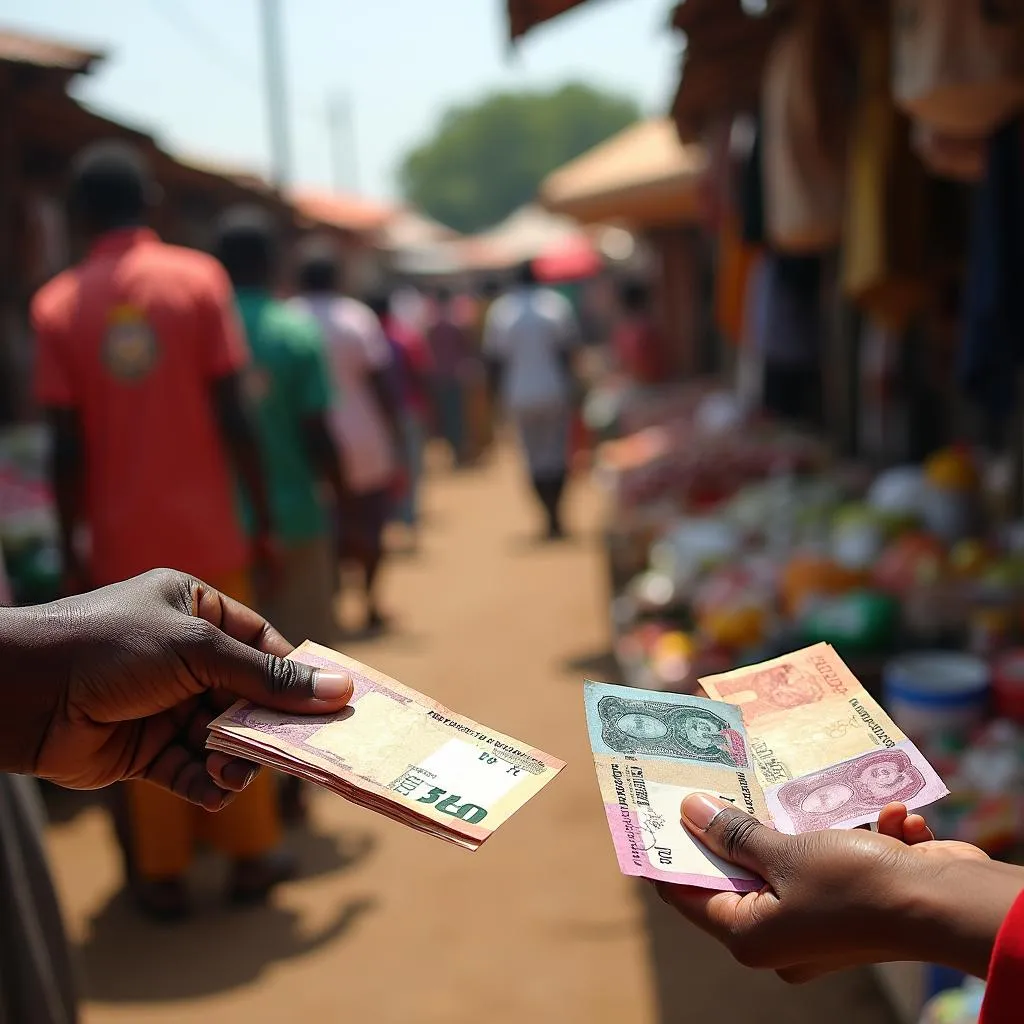 Bustling African Market
Bustling African Market
FAQs: Delving Deeper into African Money Names
Here are answers to some common questions about African currencies:
1. Why do some African countries share the same currency?
Historical ties, shared economic interests, and efforts to promote regional integration have led some African nations to adopt common currencies. The “CFA franc”, for instance, is used by 14 countries in West and Central Africa.
2. What is the oldest surviving indigenous currency in Africa?
The “Maria Theresa Thaler”, a silver coin minted in Austria, remained a popular trade currency in parts of East Africa until the 20th century.
3. How have African currencies performed in recent times?
The performance of African currencies has been mixed, influenced by global economic trends, commodity prices, and internal economic policies.
Need More Information?
For further insights into African culture, history, and current events, explore these related articles:
Have other questions about “African money names”? We’re here to help! Contact us at +255768904061, [email protected], or visit us in Mbarali DC Mawindi, Kangaga, Tanzania. Our dedicated team is available 24/7 to assist you.
